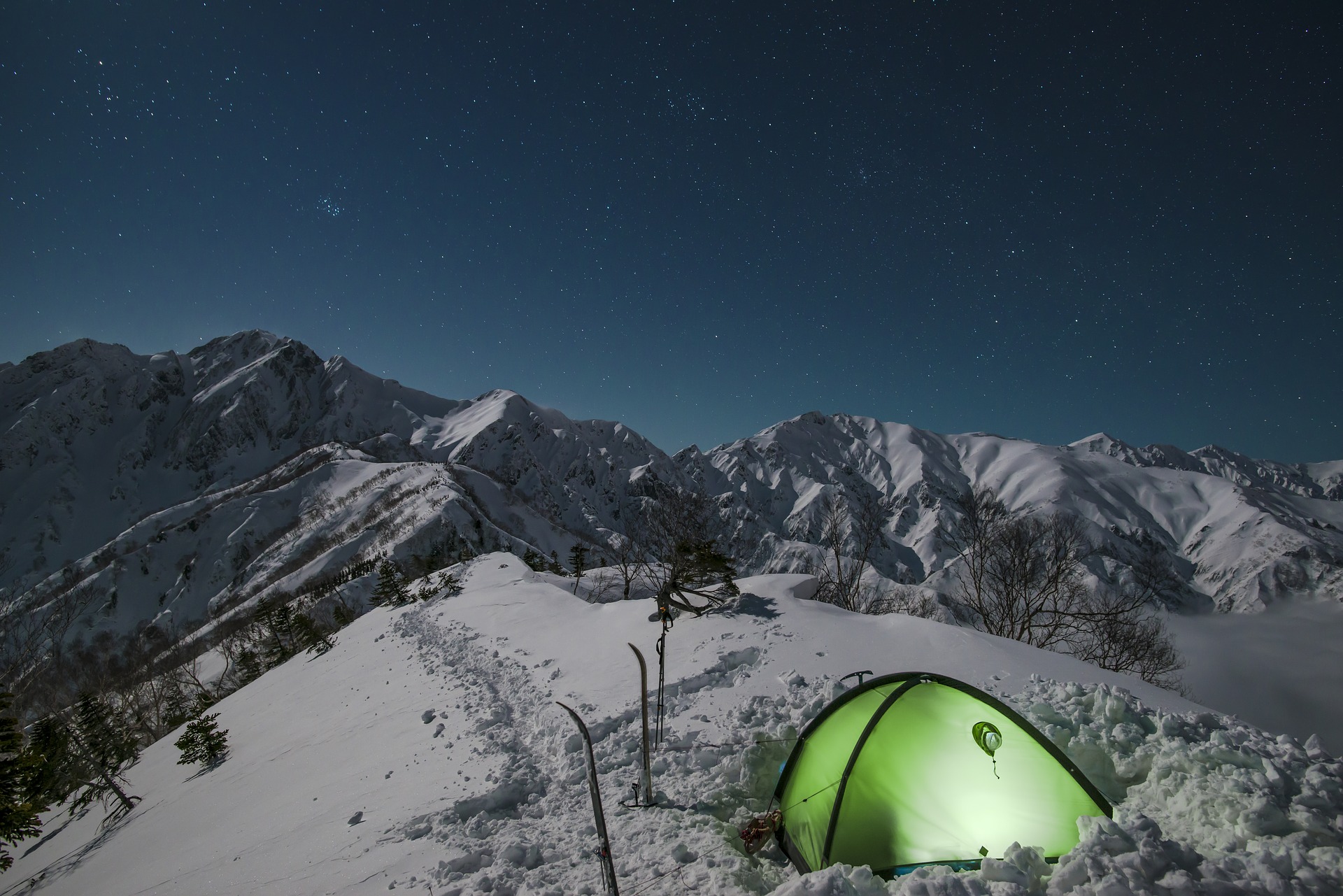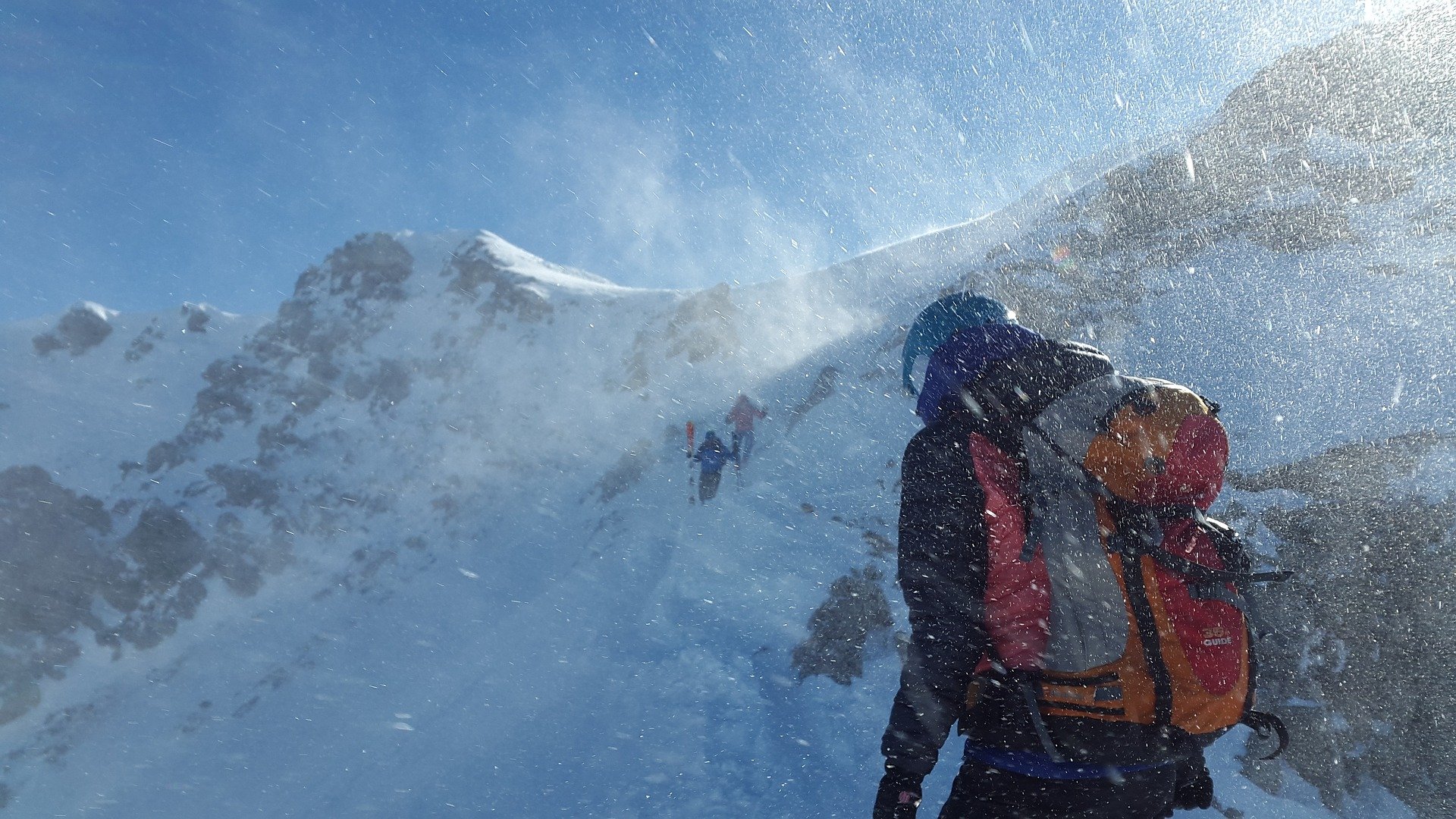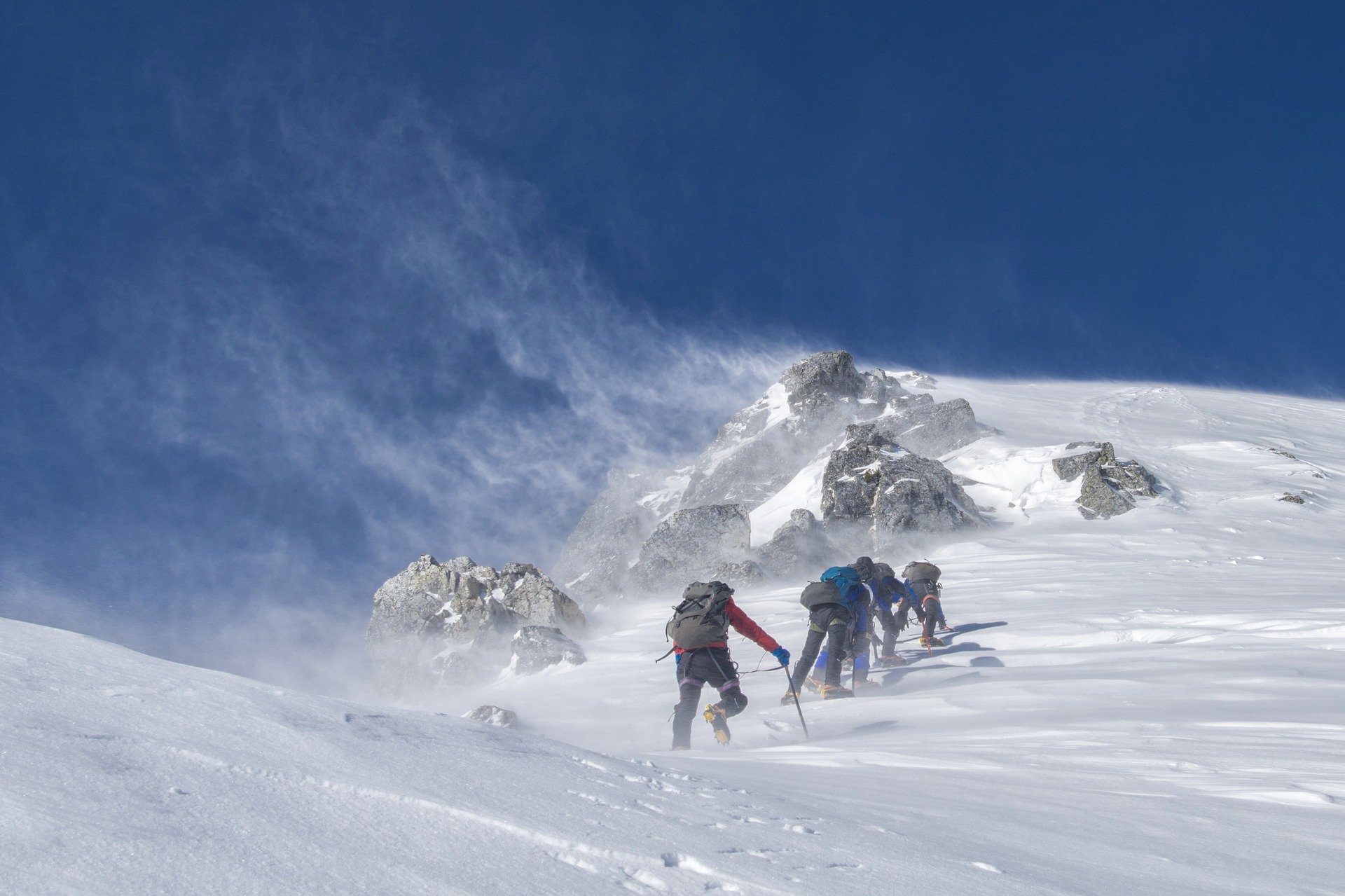High Altitude Sickness
5 min read
High Altitude Sickness
Signs and Symptoms
HACE and HAPE
This Article can save your life!
![]()
Introduction
Altitude Sickness
And Acute Mountain Sickness
Common sense Rules
1. If you feel sick, you have altitude sickness unless proven otherwise
2. Do not ascend further if feeling sick or if you have altitude sickness
3. If you do not improve, then descend immediately
Altitude sickness KILLS.
Every year, people die of altitude sickness. All of these deaths are preventable. If you are traveling above twenty-five hundred meters or a total of eight thousand feet, you must read this information. It will save your life.
What is altitude sickness?
Altitude sickness has three stages, mild called acute mountain sickness and is very similar to an intense hangover, and it causes headaches, vomiting, nausea, and fatigue.
Some individuals are only slightly affected, while others can be severely affected. If you develop AMS, you should take this as a warning sign that you are at risk of more severe altitude sickness or Both HAPE and HACE, and it can be fatal within hours.
HAPE
HAPE is fluid buildup in the lungs, and it can cause breathlessness.
Be mindful; it is not customary to feel out of breath! When resting.
Even at very high altitudes. This is a sign of HAPE, and it is life-threatening. In addition, HAPE can cause fever and coughing of frothy spit. HAPE and HACE often occur at the same time.
HACE
HACE is the buildup of fluids on the brain. It can confuse and stumble. Some of the first signs are laziness, overly emotional, and violence—loss of consciousness and death.
Treatment of HAPE and HACE
· Immediate descent is mandatory
· Dexamethasone and acetazolamide should be administered if available.
· Pressure bags can also help.
What causes altitude sickness?
Two things can make altitude sickness likely - ascending faster than five hundred meters a day or exercising vigorously.
No one is immune to the effects; no matter how fit you are, even Olympic athletes can get altitude sickness.
Altitude sickness occurs because of the lack of oxygen at higher altitudes.
How to prevent Altitude sickness
Climb slowly, take it easy, and give your body time to acclimate to the altitude. Your body has a fantastic ability to acclimatize to the altitude.
Time is needed to acclimatize, and it takes about a week to acclimatize to five thousand meters.

What drugs prevent altitude sickness?
Unfortunately, there is only one drug currently known to prevent AMS and is safe for this purpose: acetazolamide. However, it can cause side effects, such as tingling fingers and bad taste in the mouth.
HAPE is the acronym for (high altitude pulmonary edema), and HACE stands for (high altitude cerebral edema). These medical terms mean 'fluid on the lungs and brain.'
Acute mountain sickness (AMS)
How does acute mountain sickness occur?
Most people feel no effects at altitudes of up to two thousand five hundred meters, that is the equivalent barometric pressure to which airplanes are pressurized.
Even at one thousand five hundred meters in altitude, you may notice you are more breathless than usual and exercise, and vision may be slightly impaired. However, anything above two thousand five hundred meters, symptoms become much more prominent.
Symptoms of altitude sickness
The most prominent symptom is usually a headache, and most people also experience nausea and even vomiting, lethargy, dizziness, and poor sleep. Symptoms are very similar to a horrible hangover.
Acute mountain sickness is diagnosed with a self-test. For example, if you have recently ascended to twenty-five hundred meters or more and have a headache, and you have a score of 3 or more on the test worksheet, you probably have acute mountain sickness.

Who gets acute mountain sickness?
Anyone who travels to altitudes above two thousand five hundred meters can develop acute mountain sickness. However, it usually is not until a few hours have been spent at this altitude.
Acute mountain sickness is complicated to predict and who will be affected by it. There are stories of healthy individuals being extremely limited by their symptoms of acute mountain sickness, while their older individuals have felt fine.
Several factors are involved in the risk of developing the condition. First, the higher and faster you reach altitude, the more chance you have of developing symptoms of acute mountain sickness.
On high altitude expeditions flying from 0 altitudes to three thousand six hundred meters, over half the individuals developed acute mountain sickness one day after arrival.
If you have a history of developing acute mountain sickness, you will probably develop it again.
Older individuals tend to develop it less due to the fact they have more common-sense ascent slower.
What causes altitude sickness?
There is less oxygen in the higher mountains that it is not surprising that traveling to high altitudes causes people to feel sick, but how this lack of oxygen leads to altitude sickness is not understood.
Scientists believe it is due to brain swelling, but evidence for this hypothesis is not conclusive. In susceptible individuals, the theory is that swelling could cause an increase in the skull's pressure, which leads to the symptoms of acute mountain sickness.
On the other hand, swelling of the brain may be due to increased blood flow or leakiness of blood vessels in the brain.
What are the treatments for altitude sickness?
To prevent acute mountain sickness is better than trying to cure it! Follow the rules, and you should know that your body can acclimatize as you ascend and are much less likely to develop acute mountain sickness.
However, if the need to ascend faster is necessary, you could consider taking acetazolamide. There is now evidence that acetazolamide reduces symptoms of acute mountain sickness in climbers and trekkers, although it has some unusual side effects: it makes your hands and feet tingle, and fizzy drinks taste funny.
As with any form of altitude sickness, the best treatment is to descend from your current height if you have acute mountain sickness.
Painkillers may ease the headache, but they do not treat this condition. Acetazolamide can help, especially if you stay at your current altitude and acclimate for a day letting your body have time to recover.
You must never go any higher up if you are suffering from acute mountain sickness.
When traveling companions have symptoms of mountain sickness and become dizzy or complain of headaches and confusion or start to vomit, they may have a dangerous condition called - high altitude cerebral edema (HACE)
Many other remedies are touted as treatments or 'cures' for altitude sickness, but there is no evidence to support any of them. We have conducted drug trials of antioxidants on our recent research expeditions, which did not prevent altitude sickness and Viagra.
High altitude pulmonary edema (HAPE)
HAPE is a dangerous buildup of liquid on the lungs, which prevents the air pockets in the lungs from opening up and filling with fresh air with each breath. When this happens, the sufferer becomes progressively shorter oxygen, worsening liquid buildup on the lungs. This is fatal within hours.
HAPE typically develops within two or three days after reaching altitudes of over two thousand five hundred meters. The individual will be more breathless than those around them, with exertion especially.
Most will develop symptoms of acute mountain sickness.
Often, they will be coughing and may produce white and pink frothy from the mouth. The breathlessness will worsen, and even at rest, they will not catch their breath fully. In addition, their heart rate will increase, their fingertips and lips may turn blue, and they may have a fever.
HAPE can have symptoms of a chest infection, but if you are at altitudes above two thousand five hundred meters, HAPE must be considered. The affected individual should be evacuated immediately to lower altitudes.
Who can get HAPE?
Unfortunately, there is no way to know who will get HAPE. However, there are some known risk factors. A faster rate of ascent is always associated with a higher risk of developing HAPE. Also, vigorous exercise is thought to raise the chances of developing HAPE. There is anecdotal evidence that people with chest infections and common cold symptoms are more likely to develop HAPE.
What are the causes of HAPE?
After years of research, the exact causes of HAPE remain elusive. However, fluid has been shown to fill up the air pockets in the lungs preventing oxygen from absorbing in the bloodstream and causing the circle of events that kill individuals who develop HAPE.
Many factors are involved in developing the disease, and there is good evidence to support several theories about how this fluid gets there.
Usually, oxygen typically gets supplied from your lungs and then into your bloodstream. Every time you take a breath, the air will flow into the tiny pockets of your lungs. Furthermore, at that same time, the blood from your heart moves very close to these air pockets, and the oxygen is absorbed into the bloodstream. As this process happens, the waste products from the blood move out.
The blood fully oxygenated returns to the heart and is supplied to the body. However, if you inhaled a small object into your lungs by accident, it would become stuck in one of the airways branches. As a result, little oxygen would get to the downstream air pockets. To prevent this lung area from supplying blood starved of oxygen back to the heart (and therefore the rest of the body), blood vessels in the area closed down or constricted. This is a perfect example of our bodies protecting themselves.
The problem is that this same mechanizing that protects the body is the cause of the disease HAPE.
Because your whole lungs are starved of oxygen, the lungs react precisely the same way, constricting the flow of blood to all your vessels, small and large vessels alike.
As a result, the blood in these vessels is squeezed, and the pressure goes up, forcing fluid out of the blood and into pockets.
Hazardous substances can be formed in the blood when individuals are starved of oxygen and can damage the membrane between the air and blood in your lungs, causing a further fluid leak and worsening HAPE.
How to treat HAPE
The best treatment for HAPE is to descend.
Providing extra oxygen and increasing the air pressure around a victim can also help; if you have a Gamow bag, you can reverse some of the effects of the lack of oxygen, but these measures are temporary; you must descend off the mountain immediately. Drugs can be administered but only by trained doctors.
The drug Nifedipine opens blood vessels in the lungs. Doing so reduces the high pressure in those vessels that are filling fluid into the lungs.
Sildenafil (Viagra®), though a different mechanism, also can open up the blood vessels in the lungs and might be a temporary treatment.
Research has shown that field medics that administer the steroid dexamethasone works well, but this drug is only a temporary treatment, and the individuals must descend immediately.
High altitude cerebral edema (HACE)
HACE is the buildup of fluids on the brain. It is incredibly life-threatening and requires urgent action.
What are the symptoms of HACE and HAPE?
Science believes HACE to be a severe case of acute mountain sickness.
Severe headaches and vomiting can occur along with Lemay's lethargy, unsteadiness and confusion, and coma.
Individuals can die from HACE within several hours.
Individuals who have developed HACE can find it difficult to walk in a line heel-to-toe. This test can be performed on an individual you suspect has HACE or symptoms of acute mountain sickness.
If any individuals in your party start to behave strangely or irrationally, you could suspect HACE or HAPE.
How do we contract HACE?
About one% of all people climbing higher than three thousand meters can develop HACE.
Two thousand one hundred meters was the lowest ever reported case of HACE.
HACE sometimes occurs in individuals who have also contracted HAPE. The same holds true for those individuals who might have HAPE can sometimes contract HACE. Risk factors from HACE are about the same as the effects of acute mountain sickness.
With faster rates of ascent and the higher the individual climbs, the higher the chance of developing HACE.
We suspect that HACE developed climbers with acute mountain sickness symptoms, ignored those symptoms, and continued to climb higher instead of acclimating or descending.
What is the cause of HACE?
The exact cause is unknown. Doctors believe many factors could cause blood flow to the brain, being overloaded with too much flow. More blood flow is a typical response when oxygen levels decrease. This is because our bodies need to maintain a constant supply of blood to the brain. Nevertheless, if the blood vessels are damaged from lack of oxygen, the blood vessels may leak fluid, and HACE can onset.
We know the reactive chemicals in the brain are released when oxygen levels decrease, and those chemicals damage the blood vessel walls.
It still has not been proven that the blood vessels in the brain are leak more than others.
How is HACE treated?
To treat HACE, descending is the best approach and most effective in treating the condition. Descending should not be postponed if you suspect you are suffering from HASE.
A portable altitude chamber can be used temporarily to alleviate symptoms, and the use of oxygen is recommended, and Dexamethasone should be administered if available.
We encourage you to get more facts before attaining elevations over 3500 meters. Please always be safe!
Thank you
Copyrights © 2023 All Rights Reserved | Network World News
